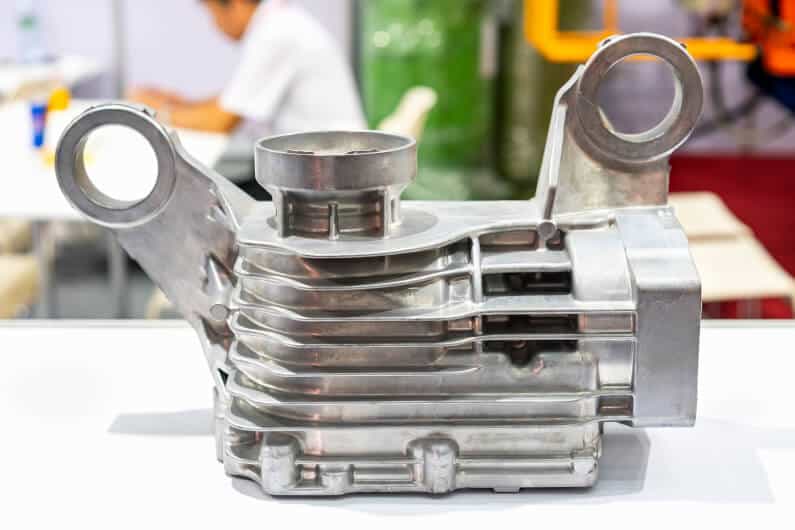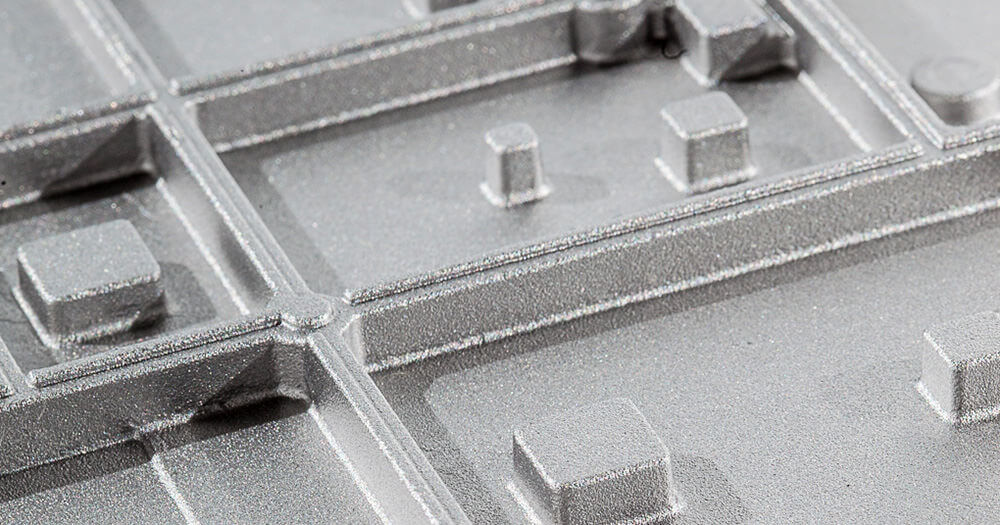Stahl Specialty Company Fundamentals Explained
Stahl Specialty Company Fundamentals Explained
Blog Article
The Facts About Stahl Specialty Company Uncovered
Table of ContentsUnknown Facts About Stahl Specialty CompanyNot known Facts About Stahl Specialty CompanySome Known Questions About Stahl Specialty Company.Not known Incorrect Statements About Stahl Specialty Company The 5-Minute Rule for Stahl Specialty CompanyNot known Facts About Stahl Specialty Company

If you're creating a metal item, you've likely considered making use of aluminum as the base product. It has a high strength-to-weight ratio, excellent rust resistance, good formability, and visual appeal. These variables have led to its boosted popularity over the last few years. Pure aluminum has actually limited applications, so it is often integrated with other aspects, such as silicon, magnesium, and manganese to form alloys.
Different aspects and quantities create a wide range of preferable physical and chemical homes. And the Light weight aluminum Association (AA), based in The United States and copyright, has actually created specs that manage aluminum alloys' composition, buildings, and nomenclature. There are two sorts of light weight aluminum alloys functioned and cast. Foundry workers develop these alloy kinds in various ways, which substantially influences their characteristics.
Rumored Buzz on Stahl Specialty Company
Cast aluminum alloys are made by melting pure light weight aluminum and integrating it with other steels while in fluid form. Then the mix is poured right into a sand, die, or investment mold and mildew. After solidification, the metal is gotten rid of from its mold. At this phase, it is in either its final type or as a billet or ingot for further handling.

160.0 represents a cast with a minimum of 99.60% light weight aluminum. The 4th figure, which comes after the decimal point, defines if the alloy is a spreading (xxx. 0) or an ingot (xxx. 1). Wrought light weight aluminum alloys also start by integrating liquified light weight aluminum with other metals. As opposed to cast alloys, nevertheless, they are created right into their final shape with procedures such as extrusion, rolling, and flexing after the steel has actually solidified into billets or ingots.
There are numerous minor differences between wrought and cast aluminum alloys, such as that cast alloys can include much more considerable amounts of other metals than wrought alloys. But the most noteworthy difference between these alloys is the fabrication procedure where they will certainly most likely to provide the final product. Apart from some surface treatments, cast alloys will certainly leave their mold in almost the exact strong type preferred, whereas wrought alloys will certainly undertake a number of adjustments while in their solid state.
If you assume that a functioned alloy may be the very best for your project, have a look at a few of our posts that describe more about specific functioned alloys, such as Alloy 6061 and Alloy 6063. On the various other hand, if you believe a cast alloy would be much better for you, you can find out more about some actors alloys in our Alloy 380 and Alloy 383 write-ups (coming quickly).
Our Stahl Specialty Company Statements
When picking a light weight aluminum factory for your manufacturing demands, it's important to study numerous variables. Among the most essential aspects to think about is the experience and proficiency of the foundry. Aluminum Castings. Selecting a factory that has the best knowledge of the light weight aluminum casting procedure, and the profile to show for it, assists to have a successful end result for your job
Having the experience and industry knowledge to engineer your spreadings for optimum manufacturing and quality outcomes will enhance the job. Making light weight aluminum spreading calls for a facility collection of procedures to attain the right results. When selecting a brand-new light weight aluminum shop to companion with, guarantee they have considerable sector experience and are educated concerning all facets of the light weight aluminum spreading procedure: layout, manufacturing, product evaluation, and product screening.
The foundry ought to additionally have a proven performance history of supplying remarkable items that fulfill or surpass consumer assumptions. Quality control needs to also be at the top of your checklist when picking a light weight aluminum shop. By collaborating with a qualified foundry that adheres to the criteria for quality assurance, you can safeguard the integrity of your item and ensure it fulfills your requirements.
By choosing a business who supplies solutions that meet or surpass your item requirements, you can be certain that your task will be completed with miraculous precision and efficiency. Particular aluminum foundries concentrate on certain sorts of making processes or casting methods. Various parts call for various production strategies to cast aluminum, such as sand spreading or die casting.
Stahl Specialty Company - An Overview
Pass away spreading is the name offered to the process of developing intricate metal elements via use molds of the element, likewise called passes away. The process utilizes non-ferrous steels which do not contain iron, such as aluminum, zinc and magnesium, because of the desirable homes of the steels such as reduced weight, greater conductivity, non-magnetic conductivity and resistance to deterioration.
Die casting production is fast, making high production levels of components easy. It produces more components than any other process, with a high degree of accuracy and repeatability. To read more about die casting and die casting materials made use of in the procedure, reviewed on. There are 3 sub-processes that drop under the category of die spreading: gravity die spreading (or permanent mold spreading), low-pressure die spreading and high-pressure die casting.
After the purity of the alloy is tested, passes away are developed. To prepare the dies for spreading, it is important that the passes away are tidy, so that no residue from previous manufacturings continue to be.
Stahl Specialty Company - An Overview
The pure steel, likewise called ingot, is included in the heater and maintained at the molten temperature level of the metal, which is after that transferred to the shot chamber and injected into the die. you could look here The pressure is after that maintained as the metal strengthens. Once the steel solidifies, the cooling procedure starts.
(https://www.sooperarticles.com/authors/796261/frances-howard.html)
The thicker the wall of the part, the longer the cooling time as a result of the amount of indoor steel that also needs to cool down. After the part is fully cooled, the die cuts in half open and an ejection system presses the component out. Following the ejection, the die is shut for the next shot cycle.
The flash is the added product that is cast during the procedure. This must be cut off utilizing a trim tool to leave just the main component. Deburring eliminates the smaller pieces, called burrs, after the trimming procedure. Lastly, the element is brightened, or burnished, to give it a smooth surface.
Facts About Stahl Specialty Company Revealed

Zinc is just one of the most previously owned alloys for die spreading as a result of its lower expense of basic materials. It's also one of the stronger and stable metals. Plus, it has excellent electric and thermal conductivity. Its corrosion resistance also allows the elements to be durable, and it is one of the extra castable alloys because of its lower melting factor - Aluminum Castings.
As stated, this alloy is among one of the most typically used, yet makes will, sometimes, select light weight aluminum over zinc as a result of aluminum's manufacturing advantages. Aluminum is very affordable and one of the a lot more versatile alloys. Aluminum is used for a variety of different items and markets anything from home window frameworks to aerospace materials.
Report this page